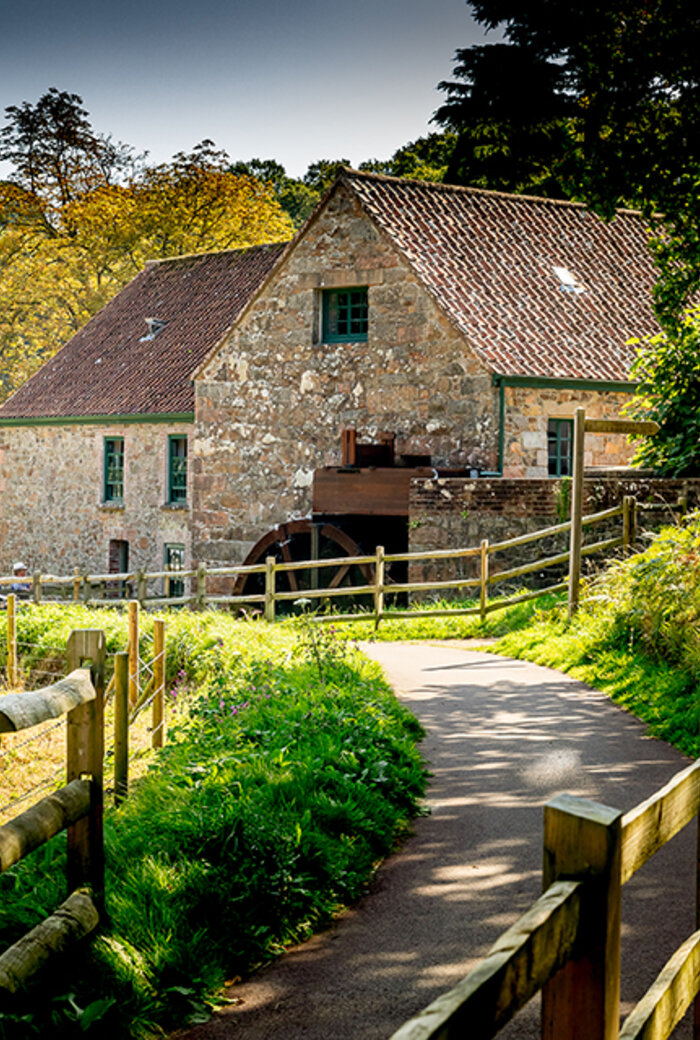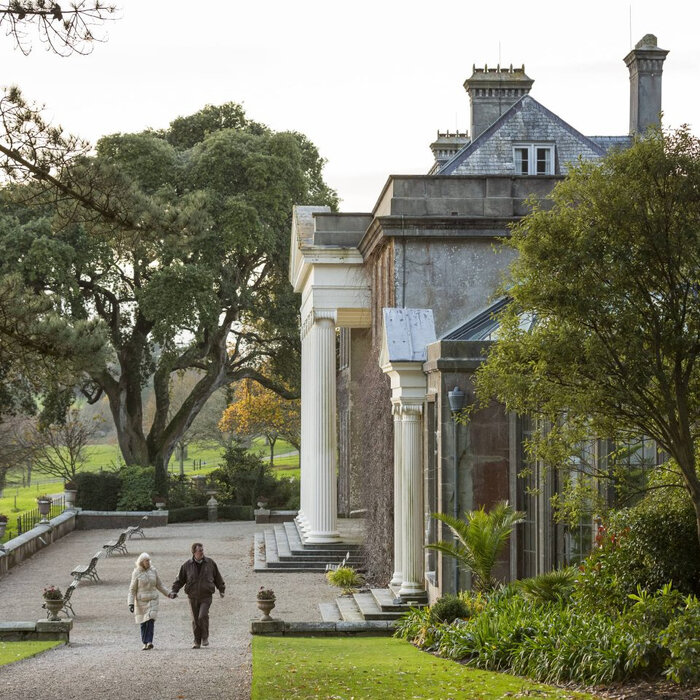
Worldwide, there are quite a few National Trusts. Some are world famous, like the British National Trust, others are region-specific, like Geldersch Landschap en Kasteelen in the Netherlands. What binds the trusts is that they manage heritage sites themselves, that they have a membership and that they are responsible for part of their income. They further invest that income in heritage. The International National Trusts Organization (INTO) promotes cooperation among more than 80 of these foundations worldwide. We spoke to Catherine Leonard, Secretary-General of INTO.
How does Herita fit into the global family of National Trusts?
Like all of our National Trusts, Herita plays an important role in creating a sense of meaning from the past: how that past relates to the present and how we can pass that past on to the next generation. The way Herita brings people together to share cultural knowledge and experiences is truly inspiring, as is how it empowers people to take personal action to preserve special places and things.
The first National Trusts were founded on the simple and enduring principle that people need historic, beautiful, and natural places that offer relaxation, perspective, escape, and a sense of identity. This idea is no less true one hundred and twenty-five years later, in an era when more and more people live in big cities and government funding is often much reduced.

Does each National Trust operate under the same model?
No, every Trust is different. Some Trusts are large, well-established organisations with significant memberships and large public support, such as the National Trusts in the United Kingdom or the US National Trust for Historic Preservation.
Others are small or new organisations that run almost entirely on voluntary efforts, such as in Zimbabwe or Georgia. There are all kinds of shapes and sizes in between. Some organisations are closely linked to governments, such as in Fiji and Trinidad. Other foundations want to be fiercely independent and are often very critical of official action - or inactivity - as in Ireland and Malta.
Some trusts are regional, usually where there is a strong regional identity such as in Gelderland, Scotland, Bavaria or Flanders. And that's okay, we're not bound by the word national! We are looking for members with national standing who are involved in heritage at least on a provincial, state or regional basis. We recognise that more than one organisation may be eligible for membership in a particular country.
Why is the UK National Trust so well known?
The National Trust in the United Kingdom has been around since as far back as 1895! Its long history partly explains its success. The UK National Trust was founded by three volunteers and grew slowly. Forty years later, there were only 12 paid employees. It was not until 86 years after its founding, in 1981, that the National Trust UK exceeded the threshold of 1 million members.
In addition to the organisation's long-standing existence, there is another explanation for its success: its good relationship with government. Thanks to this relationship, the National Trust UK was able to acquire many large country houses in the 1940s. Because the Trust is not a government agency, people are more likely to invest time and money in the Trust. Inheritances are still a large part of its income. The donation of property is becoming less and less common.
Brits are by their nature very curious folk. Visiting country houses, castles and other monuments has long been a part of their psyche. Consider, for example, the 19th-century works of Jane Austen. Brits love snooping around in the homes of rich people to see 'how the other half lived.'
Did you know?
Herita-members have access to all historical sites managed by INTO members. That's more than 1,000 sites worldwide!

